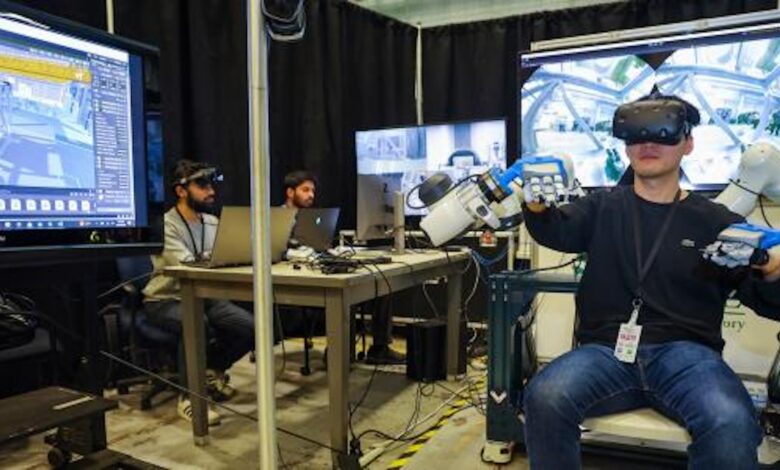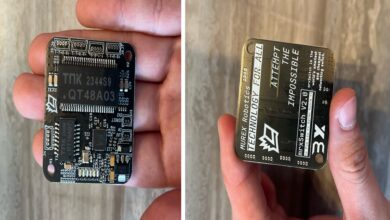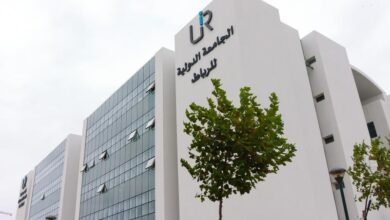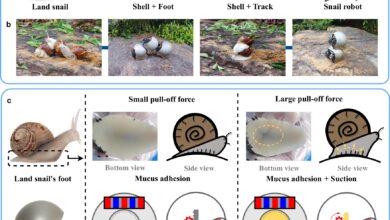‘Greatly improves worker safety and efficiency’

Photo Credit: Oak Ridge National Laboratory
A robot designed at Argonne National Laboratory in Illinois should soon be headed for a radioactive zone.
The dual-arm, telerobotic contraption is capable of enduring scenarios too hazardous for humans at nuclear sites. With arms and fingers, the robot can handle radioactive waste containers with care and dexterity, according to a report from the lab.
The machine was recently tested — sans actual nuclear waste — at Oak Ridge National Laboratory in Tennessee.
“Along with Argonne, the entire robotics community has been developing innovative new robotics technologies. But there have been very few actual demonstrations of the telerobotic system’s capabilities,” designer Young Soo Park said in the lab report. ”The highly successful demonstration proved the technical feasibility of this first-of-a-kind concept implementing a complex, dexterous, telerobotic system for practical applications.”
Tesla‘s human-looking Optimus robot caught attention online early this year when it was filmed folding laundry autonomously. Its makers envision the machine doing routine and dangerous tasks in the future, perhaps even building electric vehicles.
“Hold my beer,” the Argonne-designed robot might say to Optimus as it leaves the laundry room and enters a fallout zone. If ever the machines become aware of what’s going on, the nuclear-waste maneuvering bot has one-upped Tesla‘s invention on the “dangerous missions” front, at least for now.
While its makers see a potential beyond utility related to fission reactors, the initial work orders for the prototype will be to help clean up waste at dormant U.S. nuclear facilities, per the lab report.
During the training, human operators controlled the robot through a virtual reality headset and touch-sensitive gloves. The impressive gloves give the operator a feel of what the robotic arm is touching. It’s needed to successfully roboticize an obsolete, manual process.
The machine essentially becomes an extension of human reach thanks to some high-tech, telerobotic computer power.
It’s the result of a collaboration between multiple agencies and universities during a three-year project, funded by the U.S. Department of Energy.
“Our first aim in telerobotic system design is to facilitate a ’telepresence,’ to make the operator feel as though they are present within the hot cell, able to manipulate the objects with both hands, and to experience multimodal sensory feedback in a direct, natural way,” Park said in the lab report.
The country has 54 nuclear fission power plants operating, providing around 20% of the nation’s electricity without harmful air pollution. While a nuclear disaster is rare, it can be a decades-long catastrophe when one does occur, according to government reports.
Fusion power represents a safer nuclear option that could provide abundant energy and healthier air. While numerous projects are in development, it might be a while before reliable, sustained reactions can produce power at scale. A fusion project in Tennessee is even using a defunct coal plant as its base, turning a former air polluter into a potential clean-energy, proof-of-concept power center.
The makers of the Argonne robot see its potential going beyond power plants, being useful in the construction and health care sectors, among others.
”Our mobile, robotic system greatly improves worker safety and efficiency and reduces costs,” Park said.
Join our free newsletter for weekly updates on the coolest innovations improving our lives and saving our planet.



